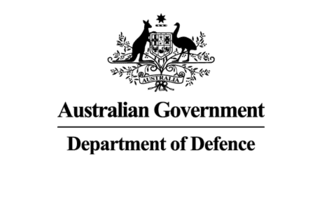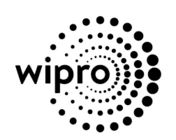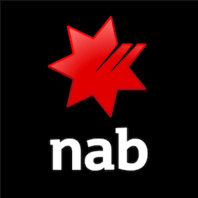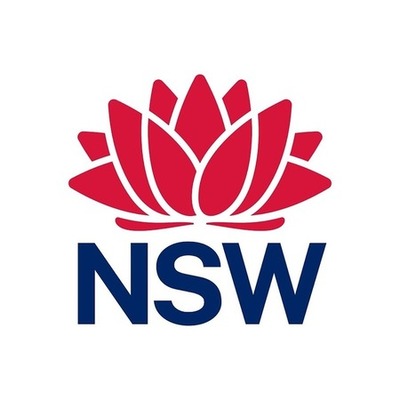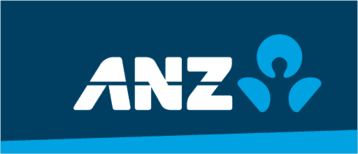Page 1, showing results 1-25 out of 40
Location
Duration
Start Date
Price
1662667 2020-08-06 New York coursemons Business Architecture Foundation Worksh
LVC, United States
2 Days
8th Aug 2024
1674046 2020-08-06 San Francisco coursemons Business Architecture Foundation W
LVC, United States
2 Days
8th Aug 2024
1653279 2020-08-06 Wellington coursemons Business Architecture Foundation Work
LVC, New Zealand
2 Days
8th Aug 2024
1644164 2020-08-06 Auckland coursemons Business Architecture Foundation Worksh
LVC, New Zealand
2 Days
8th Aug 2024
1634557 2020-08-06 AU Canberra coursemons Business Architecture Foundation Work
LVC, Australia
2 Days
8th Aug 2024
1732530 2020-08-06 Milan coursemons Business Architecture Foundation Workshop
LVC, Italy
2 Days
8th Aug 2024
1720713 2020-08-06 Berlin coursemons Business Architecture Foundation Workshop
LVC, Germany
2 Days
8th Aug 2024
1708926 2020-08-06 Paris coursemons Business Architecture Foundation Workshop
LVC, France
2 Days
8th Aug 2024
1685587 2020-08-06 Chicago coursemons Business Architecture Foundation Worksho
LVC, United States
2 Days
8th Aug 2024
1697186 2020-08-06 London coursemons Business Architecture Foundation Workshop
LVC, United Kingdom
2 Days
8th Aug 2024
1744367 2020-08-06 Madrid coursemons Business Architecture Foundation Workshop
LVC, Spain
2 Days
8th Aug 2024
1615249 2020-08-06 AU Melbourne coursemons Business Architecture Foundation Wor
LVC, Australia
2 Days
8th Aug 2024
1624923 2020-08-06 AU Sydney coursemons Business Architecture Foundation Worksh
LVC, Australia
2 Days
8th Aug 2024
1634558 2020-09-07 AU Canberra coursemons Business Architecture Foundation Work
LVC, Australia
2 Days
6th Sep 2024
1585848 2020-09-07 Paris coursemons Business Architecture Foundation Workshop
Paris, France
2 Days
6th Sep 2024
1697187 2020-09-07 London coursemons Business Architecture Foundation Workshop
LVC, United Kingdom
2 Days
9th Sep 2024
1685588 2020-09-07 Chicago coursemons Business Architecture Foundation Worksho
LVC, United States
2 Days
9th Sep 2024
1538030 2020-09-07 AU Sydney coursemons Business Architecture Foundation Worksh
Sydney, Australia
2 Days
9th Sep 2024
1532456 2020-09-07 AU Melbourne coursemons Business Architecture Foundation Wor
Melbourne, Australia
2 Days
9th Sep 2024
1653280 2020-09-07 Wellington coursemons Business Architecture Foundation Work
LVC, New Zealand
2 Days
9th Sep 2024
1644165 2020-09-07 Auckland coursemons Business Architecture Foundation Worksh
LVC, New Zealand
2 Days
9th Sep 2024
1567017 2020-09-07 San Francisco coursemons Business Architecture Foundation W
San Francisco, United States
2 Days
9th Sep 2024
1554681 2020-09-07 Wellington coursemons Business Architecture Foundation Work
Wellington, New Zealand
2 Days
9th Sep 2024
1549225 2020-09-07 Auckland coursemons Business Architecture Foundation Worksh
Auckland, New Zealand
2 Days
9th Sep 2024
1543571 2020-09-07 AU Canberra coursemons Business Architecture Foundation Work
Canberra, Australia
2 Days
9th Sep 2024







